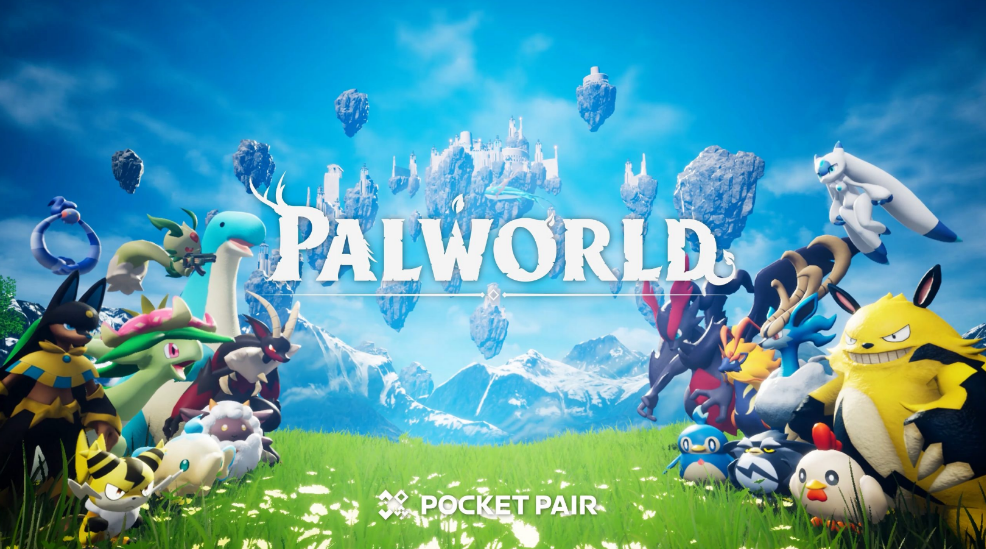
GPT, or Generative Pre-trained Transformer, is a cutting-edge language model developed by OpenAI. This article aims to provide an in-depth understanding of GPT and its key features.
GPT is built upon the Transformer architecture, which is a popular deep learning model for natural language processing tasks. The Transformer model consists of an encoder and a decoder, allowing it to handle both text generation and understanding.
One of the critical aspects of GPT is its pre-training process. It starts with unsupervised training on a vast amount of text data from the internet, allowing the model to learn the statistical patterns and structures of the language. This pre-training process involves predicting the next word in a sentence, and it helps GPT to grasp the context and syntactic rules of the language.
After pre-training, GPT is fine-tuned on specific downstream tasks such as language translation, question answering, and even text completion. The fine-tuning process allows the model to generalize its understanding to different applications, making it highly versatile.
GPT stands out from traditional language models due to its ability to generate coherent and contextually relevant text. It excels in tasks like text completion, where given a prompt, it can intelligently generate the remaining content. This feature has significant implications for various applications, including content generation, chatbots, and even assisting with writing assistance tools.
Another notable aspect of GPT is its flexibility. It can be fine-tuned on a wide range of tasks and domains. This adaptability is achieved through transfer learning, where the model uses its pre-learned knowledge to quickly adapt to new tasks with minimal training data. This capability makes GPT a highly efficient and effective model for various real-world applications.
However, GPT is not without its limitations. One primary concern is the potential for generating biased or inappropriate content. Since the model learns from internet data, it may inadvertently pick up biases or offensive language that exists online. OpenAI has taken steps to mitigate these issues by implementing strong filtering mechanisms, but it remains an ongoing challenge.
Additionally, GPT lacks a grounding in the world. Although it can generate text that appears coherent, it does not possess true understanding or knowledge of the world. It is essentially a probabilistic model that predicts the most likely next word based on previous context without truly grasping the meaning of the text. This limitation can restrict its use in applications requiring accurate and nuanced understanding.
The development of GPT has sparked significant interest and debate in the AI community and beyond. OpenAI has released GPT-3, the third iteration, which is the most powerful and largest version to date. Its capabilities have amazed researchers and developers, leading to a wide range of experiments and innovative applications.
In conclusion, GPT is a state-of-the-art language model that demonstrates impressive text generation capabilities. It combines pre-training with fine-tuning, allowing it to adapt to a wide array of applications. While GPT has the potential for groundbreaking advancements in various domains, it is crucial to address concerns regarding bias and lack of true understanding. As the field of natural language processing continues to progress, GPT is expected to play a significant role in shaping the future of AI-driven text generation.
如果你喜欢我们的文章,欢迎您分享或收藏为众码农的文章! 我们网站的目标是帮助每一个对编程和网站建设以及各类acg,galgame,SLG游戏感兴趣的人,无论他们的水平和经验如何。我们相信,只要有热情和毅力,任何人都可以成为一个优秀的程序员。欢迎你加入我们,开始你的美妙旅程!www.weizhongchou.cn


![韩国jinricp直播大合集[免费网盘下载]](https://www.weizhongchou.cn/uploads/20240316/b9440bc62395d85b21ebe7ec396c2ce6.png)
![在线韩国直播视频学习网站-PanTV[免费认证账号密码]](https://www.weizhongchou.cn/uploads/20240411/8f4cf550a832003993779c765319470f.png)
发表评论 取消回复